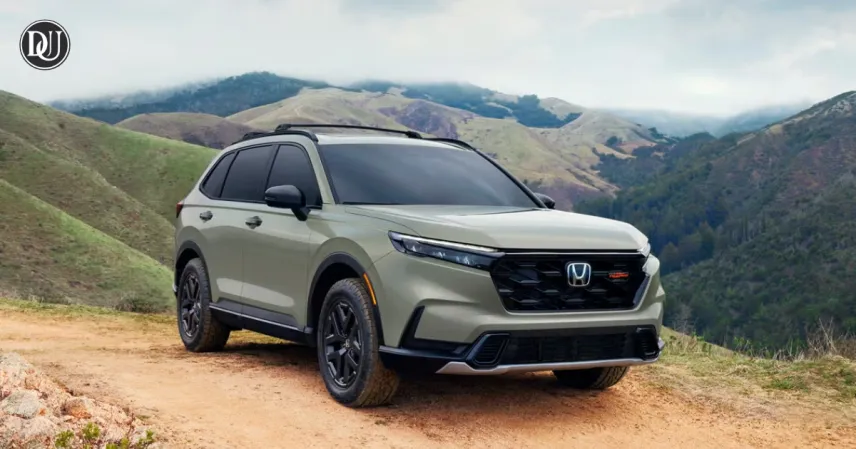Imagine buying your next Honda CR-V and knowing it was built just down the road in the United States, instead of in Canada where it’s traditionally been assembled. That’s no longer just a possibility—it’s becoming reality.
Honda is making a big shift in its operations by moving the production of its CR-V SUV from Canada to the U.S. It’s not just about geography. This move tells a much bigger story about tariffs, trade decisions, and how companies adapt to survive—and thrive—in a fast-changing world.
🔁 Why Honda’s Making the Move
This isn’t about Honda giving up on Canada. It’s about adapting to pressure—and lots of it. The U.S. recently introduced steep tariffs on imported cars, and for companies like Honda, that’s a game-changer.
💡 Quick Insight:
New U.S. vehicle import tariffs = 25%
Honda’s estimated extra cost = $4.4 billion
That’s like being handed a giant bill just for doing what you’ve always done. So instead of raising prices or cutting corners, Honda is switching gears and relocating production to avoid the hit.
📊 Where Was It Built vs. Where It's Going
Here’s a quick comparison of where Honda CR-Vs were being produced and where they’re heading:
| Production Plant Location | Status Before | New Status |
|---|---|---|
| Ontario, Canada | ✅ Active | ⚠️ Phasing Out |
| Indiana, U.S. | ✅ Active | ✅ Expanded |
| Ohio, U.S. | 🆕 Limited | ✅ Increased Output |
This shift not only affects vehicles but also touches thousands of lives tied to those plants.
🇨🇦 What It Means for Canada
For Canadians, especially workers in Ontario’s auto plants, this is emotional. The CR-V has been a symbol of reliability and employment for years. Now, that security is being challenged.
❗ Concerns for Canada:
-
Job stability in Ontario
-
Delayed $11 billion EV investment
-
Local economy ripple effect
Though Honda has assured some operations will remain in Canada, uncertainty hangs in the air like a heavy fog.
🇺🇸 The U.S. Sees a Win (But It’s Complicated)
American plants are gearing up. This means:
-
More jobs for U.S. workers
-
Avoided tariff costs
-
Shorter supply chains
But let’s not forget—this isn’t just a “win.” Transitioning manufacturing is like rewiring an airplane mid-flight. Retraining, upgrading tools, and meeting demand without delays? That’s no easy feat.
💰 What Does This Mean for You?
If you're planning to buy a CR-V, you may not notice the change on the lot. But behind that shiny hood is a whole economic dance trying to keep your costs from climbing.
👥 For Consumers:
-
Lower risk of price hikes
-
Vehicles more "locally" made
-
Slight delays during transition
For the average buyer, it’s a matter of trust—can Honda maintain quality and reliability while shuffling operations? All signs say yes—but it’s something to watch.
⚡ The Bigger Picture: A Shifting Auto World
The auto industry is facing a perfect storm: tariffs, electric vehicle hesitancy, and supply chain woes. Honda’s decision is just one example of how companies are pivoting fast.
📉 Did You Know?
Honda paused its $11B EV investment in Canada due to slower-than-expected EV demand.
Consumers are interested in EVs, but many are holding off—waiting for better charging stations, lower prices, or just more time.
👀 What Should We Expect Next?
With all eyes on Honda, the auto world is watching closely.
🔮 What Could Happen:
-
More automakers move production to the U.S.
-
Shift in where EV investments go
-
Pressure on governments to adjust trade policy
✅ Final Thoughts
This isn’t just about where cars are built—it’s about how companies survive and how everyday people are impacted. From assembly line workers to car buyers, the shift in Honda’s CR-V production is a sign of our changing world.
When you get behind the wheel of your next vehicle, remember: it’s not just about driving forward. It’s about where that journey started.








